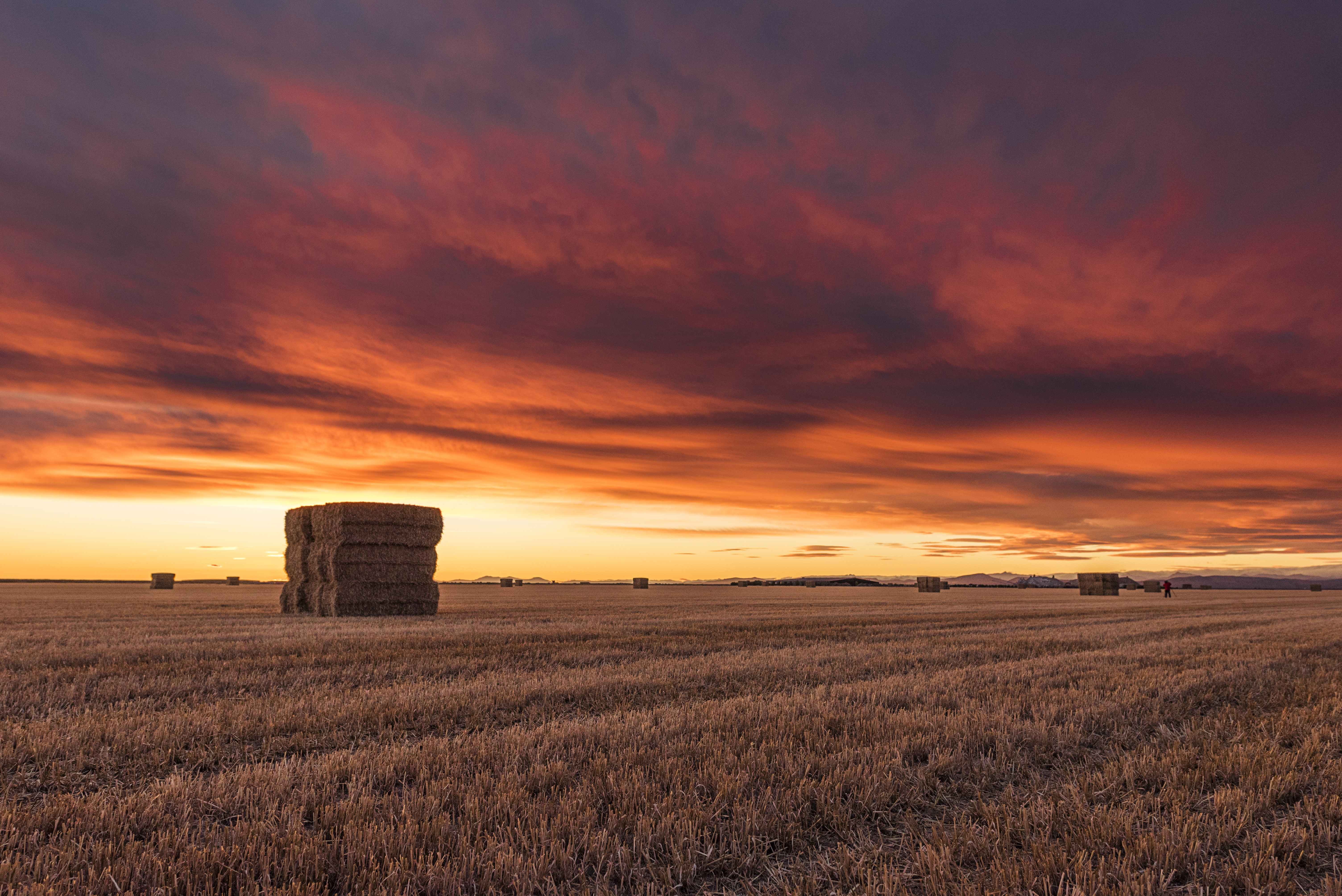Preparing for Colder Weather
Oct 23rd 2019
 It's that
time of year again in the northern hemisphere- the temps are dropping and the
winds are growing colder - and while many of us hate coming to terms with the
end of the lazy, hazy dog days of summer, it's our job and responsibility to
help our horses make the transition from warmer to cooler weather. We explore some necessary tips and tactics for keeping your horse
happy and healthy during these upcoming months.
It's that
time of year again in the northern hemisphere- the temps are dropping and the
winds are growing colder - and while many of us hate coming to terms with the
end of the lazy, hazy dog days of summer, it's our job and responsibility to
help our horses make the transition from warmer to cooler weather. We explore some necessary tips and tactics for keeping your horse
happy and healthy during these upcoming months.
- Water and Food
- Food for thought. Food is one of the most critical sources of warmth for horses, which means that keeping a close eye on their calorie intake during fall and winter is essential to their health and wellness when faced with colder temps. Most horses will need a substantial increase to their caloric intake during colder months, and it is helpful to secure a supply of forage and grain before it gets too cold. Look for leafy, green, fresh-smelling hay that shows no signs of mold, discoloration, or weeds. It's recommended that a horse receives roughly 2% of its body weight in hay (or forage) daily. So, a 1,000lb horse should receive about 20lbs of hay per day or about 600lbs of hay per month.
- Hydration station. Although your horse might pick up the habit of eating snow while outside, supplying unlimited fresh water is still extremely important for combating wintertime dehydration. Research shows that horses tend to drink less when their water supply is too cold, so check that their water supply doesn't freeze or get icy cold. This will allow them to drink their required 8-12 gallons of water each day without any problems arising. Consider using a stock tank heater or heated stall bucket if you notice that the water supply keeps freezing. Ultimately, keeping horses thoroughly hydrated is vital to their health as dehydration can lead to colic.
- Manure management. If you aren't already picking up manure on a routine basis, now is the time to start. An average horse produces around 40lbs of manure each day, and mixed with the rainwater and moisture over the winter months, this can quickly turn into 40lbs of mud per day. Manure should be picked up at least every three days from paddocks, stalls, and high-traffic areas in order to decrease the build-up of mud and waste from affecting your stable. Be sure to store manure away from ditches, streams, and wetlands as it can lead to environmental issues.
- Compost spreading. Spreading compost in the early weeks of fall is a perfect way to add needed micro and macronutrients back into the soil. Spreading no more than 1/2 an inch thick and no more than 3-4 inches per season will help foster beneficial bacteria that work to improve the richness and health of your soil and plants.
- Warmth and Comfort
- Keeping the
coat.
If you are able to, allow your horse's
natural coat to grow out during the cooler months. The thickness and insulation
that the coat provides a much-needed source of body warmth that they would
otherwise be missing without it.
- Extra
layers.
Due to year-round exercise and training
routines, not every owner/trainer can let their horse grow out their coat
during the fall and winter months. Using a waterproof, breathable blanket or
coat will give them that extra protection they need in order to keep warm
during the colder months.
- No place
like home.
Sometimes even the warmest natural coat
or blanket isn't enough to protect your horse from the harsh fall and winter
weather conditions. Howling winds can cut through protective layers making them
obsolete, and wet coats can actually work against their insulating
capabilities.
Provide shelter from the wind, rain, and snow. Stocking up on the right bedding materials will allow them to stay happy and healthy during the coldest times of the year. Pelleted beddings are a readily available and a cost-effective alternative for keeping your horse warm and dry.
- Wintertime Riding. When riding during the fall and winter months, make sure that any sweaty areas are thoroughly dried after exercise, as damp areas can increase a horse's susceptibility to the cold. In addition, maintain care of your tack, as cold air can cause gear to dry and crack.
- Keeping the
coat.
If you are able to, allow your horse's
natural coat to grow out during the cooler months. The thickness and insulation
that the coat provides a much-needed source of body warmth that they would
otherwise be missing without it.
- Health and Wellness
- Vaccinations.
Making sure vaccinations are up to date
is a pivotal piece for health and wellness. Depending on your location and age
of the horse, it is important to maintain their health by administering any
necessary vaccinations during the transitioning periods between fall to winter.
We recommend that you speak with your veterinarian.
- Healthy
Hooves.
Hoof growth is constantly occurring,
which means hoof maintenance is necessary year-round. When colder temps hit,
consider having your farrier use winter studs for traction and snow pads to
keep snow from building up inside the bottom of the hooves.
- Pearly
whites.
Dental health can play a big role in
horses’ ability to eat and drink. Discuss with your veterinarian about checking your horse's
teeth and mouth during the early stages of fall. By doing so, you can ensure
that your horse will be able to eat comfortably and maintain the necessary
caloric intake for weight management and warmth during the colder months.
- Pests and parasites. Just like people and horses, other critters will seek warmer places during the fall and winter months. This means that your barn is destined to become a warming house for pests if preventative actions are not taken. In order to discourage pests and critters from sneaking into your barn, make sure to keep food, blankets, leather products, and other materials stored away and sealed up in secure containers. Additionally, talk with your veterinarian about parasite control during the fall and winter months. Once the first frost has occurred, you may want to administer something to kill bot larvae.
Readying your horse for the fall and winter weather is a critical role of equine care. By following these tips, it's a safe bet that you'll feel better prepared for the coming months while at the same time keeping you and your horse in good shape for next summer!
- Vaccinations.
Making sure vaccinations are up to date
is a pivotal piece for health and wellness. Depending on your location and age
of the horse, it is important to maintain their health by administering any
necessary vaccinations during the transitioning periods between fall to winter.
We recommend that you speak with your veterinarian.





